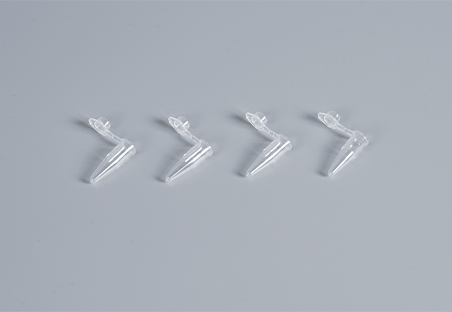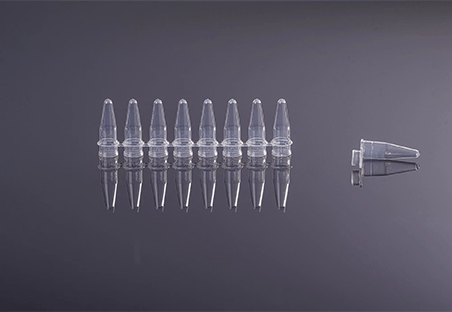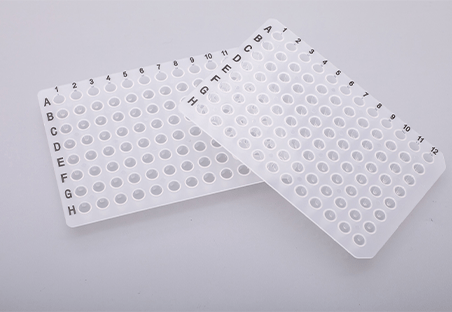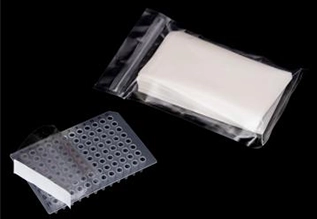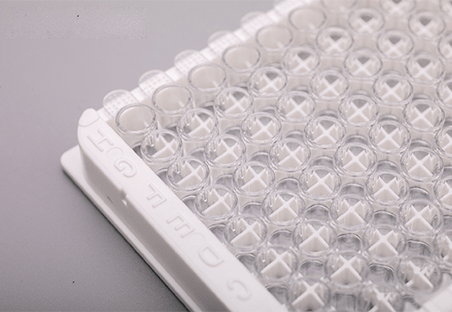Cell culture plates are the workhorses of cell biology research, acting as miniature ecosystems in which scientists grow and study living cells outside of their natural environment. These small, cell culture dishes, usually made of plastic, offer a controlled and sterile environment for cells to grow, divide, and interact in. By controlling the environment on the plate, researchers can study how cells respond to various stimuli, like drugs, hormones, or environmental changes. This reveals the intricate mechanisms of cell growth, division, differentiation, and death. This article describes how to seed cells onto a culture plate.
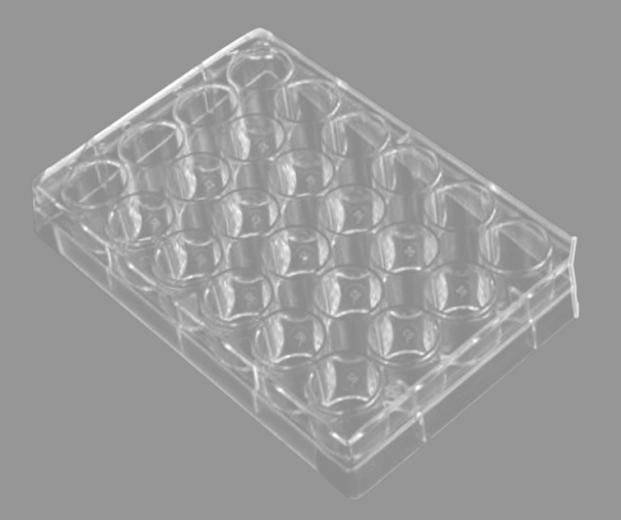
A Step-by-Step Guide
Seeding cells on a culture plate is an important step in cell culture experiments. Here’s an overview of the typical steps involved:
Step 1: Preparation
- Gather materials: Prepare your cell suspension, culture medium, plates (coated if necessary), sterile pipettes, tips, cell scraper (optional), and sterile bench using a Bunsen burner or hood.
- Cell counting: Use a hemocytometer or automated cell counter to count the desired number of cells in your cell suspension.
- Medium preparation: Ensure your culture medium is fresh, complete, and at the right temperature (typically 37°C) for your cell type.
- Plate preparation (optional): When using coated plates, ensure they are dry and clean. Pre-warm the plates if necessary.
Step 2: Seeding
- Pipette cell suspension: To ensure even distribution, gently mix the cell suspension. Use a sterile pipette to transfer the calculated volume of cell suspension to the plate. Pipette evenly across the plate surface or in specific locations, according to your experimental design.
- Swirling/tilting (optional): To ensure an even distribution of cells, gently swirl or tilt the plate. Avoid air bubbles and excessive manipulation.
- Incubation: Incubate the seeded plate at the recommended temperature, CO2 concentration, and humidity for your cell type.
Step 3: Post-Seeding
- Monitor cell attachment: After a few hours, examine the plate with a microscope to check cell attachment and viability.
- Medium change (optional): Depending on your cell type and experiment, you may need to change the medium every 24-48 hours to remove debris and replenish nutrients.
- Cell culture maintenance: Maintain daily cell monitoring, fresh medium, and optimal culture conditions until the desired cell count is reached or the experiment is completed.
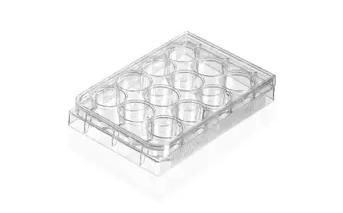
What Are the Factors I Need to Consider Before Seeding Cells?
Factor 1: Cell Type
- Diverse Growth Requirements: Each cell type evolved to thrive in specific environments. Temperature, pH, nutrient needs, and growth factor requirements can vary greatly between cell types. For example, epithelial cells may prefer a 37°C, slightly alkaline environment, whereas cardiac muscle cells may require cooler temperatures and specific calcium concentrations. Choosing the incorrect conditions for your particular cell type can result in poor growth, stress responses, and even cell death. Seeding with the cell type in mind allows you to customize the culture medium, temperature, and other environmental factors for maximum growth and functionality.
- Varied Adhesion Properties: Each cell type has unique adhesive capabilities. Some can easily adhere to the standard plastic surface of a culture plate, while others require specific extracellular matrix (ECM) proteins such as collagen or fibronectin to anchor and spread. Mismatching the plate surface to the cell type’s adhesion requirements can impede attachment, limit growth, and possibly alter cell behavior. Using the appropriate plate coating for the cell type ensures proper adhesion, which promotes healthy cell morphology and function.
- Diverse Proliferation Rates: Cell types have varying growth and division rates. For example, cancerous cells may divide quickly, whereas neurons divide slowly. Improper accounting for these differences can lead to overcrowding in fast-growing cell cultures, resulting in resource competition and cell death. Conversely, under-seeding slow-growing cells may result in large empty spaces on the plate, affecting subsequent analyses.
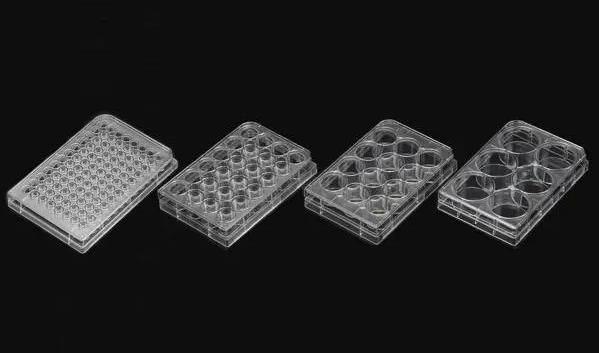
Factor 2: Desired Cell Density
Before seeding cells onto plates, you must first determine the desired cell density because it has a significant impact on cell behavior, viability, and overall experiment success. Impacted by the following aspects.
- Cell Growth and Proliferation: Seeding too many cells competes for resources such as nutrients and space, slowing proliferation and potentially causing cell death. In contrast, having too few cells causes slow growth and may prevent proper cell-cell interactions, which are required for certain cellular processes and signaling pathways.
- Cell Morphology and Function: The “sweet spot” density enables cells to spread out, maintain their natural morphology, and perform their specific functions more efficiently. Incorrect density can cause stress, alter cell morphology, and lead to unexpected differentiation pathways.
- Experiment Outcome and Interpretation: Appropriate density allows for the desired level of cell-cell interaction, which is critical for certain experiments that investigate communication, signaling, and co-culture effects. Maintaining consistent cell density across experiments and replicates improves data accuracy and reproducibility, resulting in reliable conclusions.
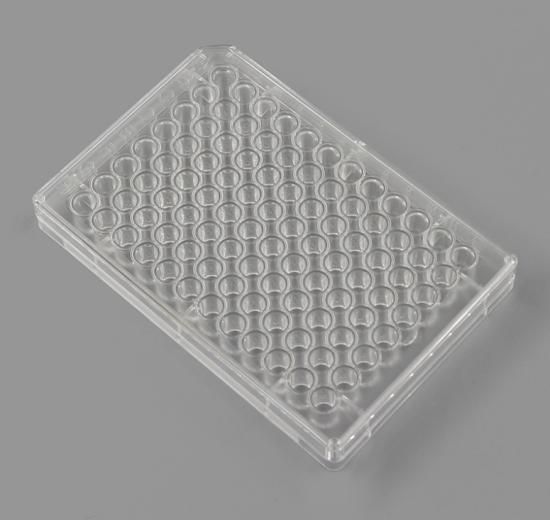
Factor 3: Culture Medium
- Nutritional Support: The medium contains necessary nutrients, building blocks, and energy sources for cell growth and survival. It contains carbohydrates, amino acids, lipids, vitamins, and minerals, which mimic the cellular environment in vivo. Different cell types have distinct nutritional requirements, so selecting the right medium composition is critical for optimal growth and function. A deficient medium can cause stunted growth, altered metabolism, and eventually cell death.
- Optimal pH and Osmolarity: The medium maintains the ideal pH within the physiological range, which is typically between 7.2 and 7.4. Deviations from this range hurt cellular processes and enzyme activity. The medium also maintains the proper osmolarity, balancing the concentration of solutes inside and outside the cell. Imbalances can cause osmotic stress, which affects cell shape, volume regulation, and, ultimately, viability.
- Growth Factors and Regulatory Molecules: The medium contains growth factors that can promote cell proliferation and differentiation. Using a medium supplemented with the appropriate growth factors for your cell type can improve cell growth and achieve the desired phenotype. Other regulatory molecules found in the medium include hormones, cytokines, and signaling molecules, all of which influence cell behavior and function. Choosing the right medium composition allows you to tailor the cellular environment to meet various experimental goals.
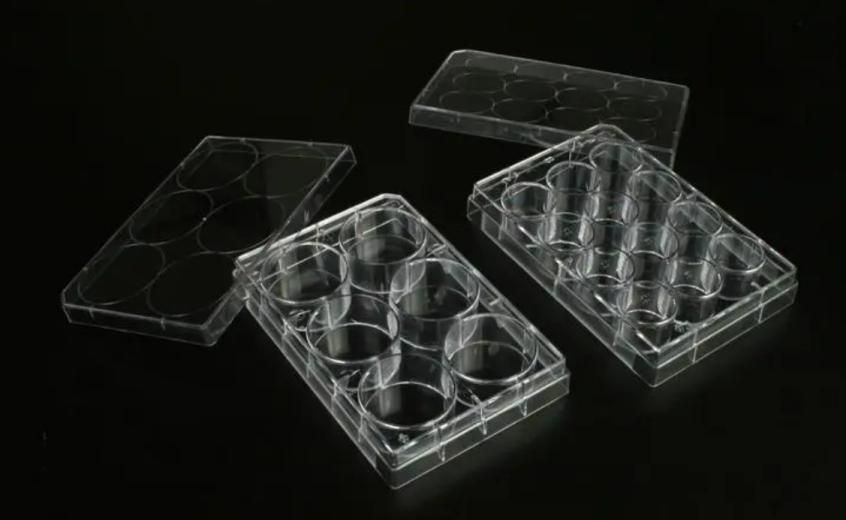
How Can I Ensure an Even Distribution of Cells Across the Plate?
Having an even distribution of cells across your culture plate is critical for successful experiments. Here are some suggestions to help you:
Before Seeding
- Cell suspension preparation: Ensure that your cell suspension is well mixed and free of clumps. To avoid settling, gently resuspend the cells before pipetting.
- Pipette technique: To minimize cell shearing, use a sterile pipette and a tip with a wide opening. Pipette slowly and evenly across the plate’s surface, avoiding the edges and corners where cells tend to gather.
- Consider multiple pipetting: For larger or denser plates, divide the cell suspension into smaller aliquots and pipette them at different locations on the plate.
During Seeding
- Swirling/tilting: After pipetting, gently swirl or tilt the plate to distribute cells evenly across the surface. Avoid vigorous shaking or tilting, as these can harm the cells.
- Circular motion: Slowly move the plate in a circular motion, tilting slightly to promote even distribution.
- Droplet method (optional): For high-density cultures, consider the droplet method. Distribute small droplets of cell suspension evenly across the plate and let them spread naturally.
Conclusion
For students and researchers, seeding cells onto a cell culture plate is an essential skill in cell biology and other life science fields. It’s the first step in a variety of experiments, from studying cell growth and division to developing new drugs and treatments. Cell cultures are critical for medical professionals and drug developers because they allow them to test the efficacy and safety of potential drugs and therapies before clinical trials. It is necessary not only to select the guaranteed quality lab consumables, such as Scope but also to learn more about pertinent information.
